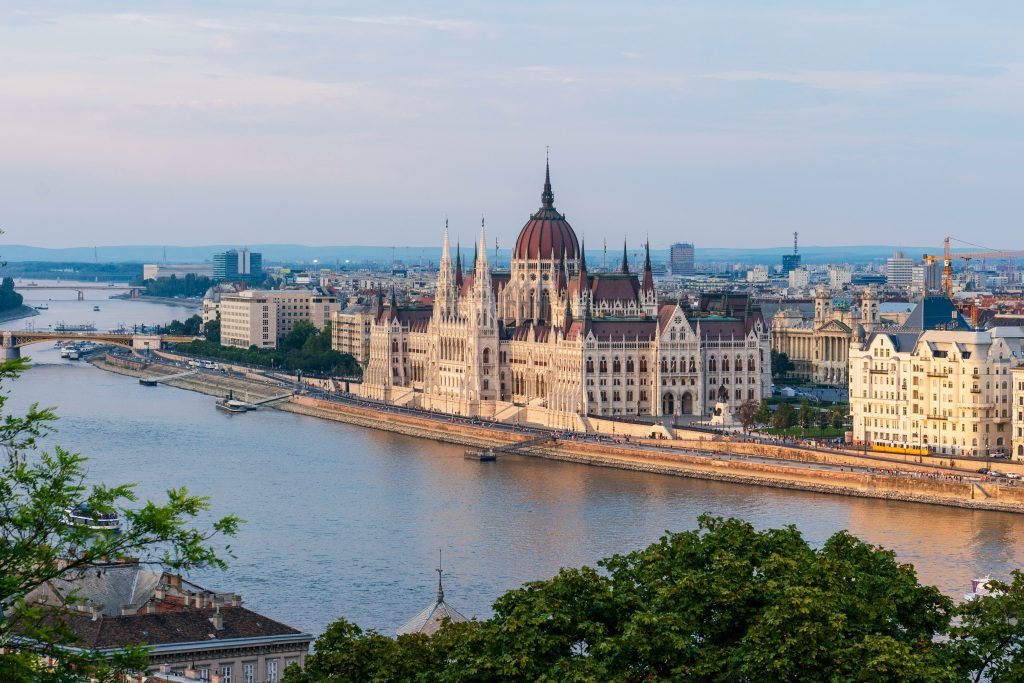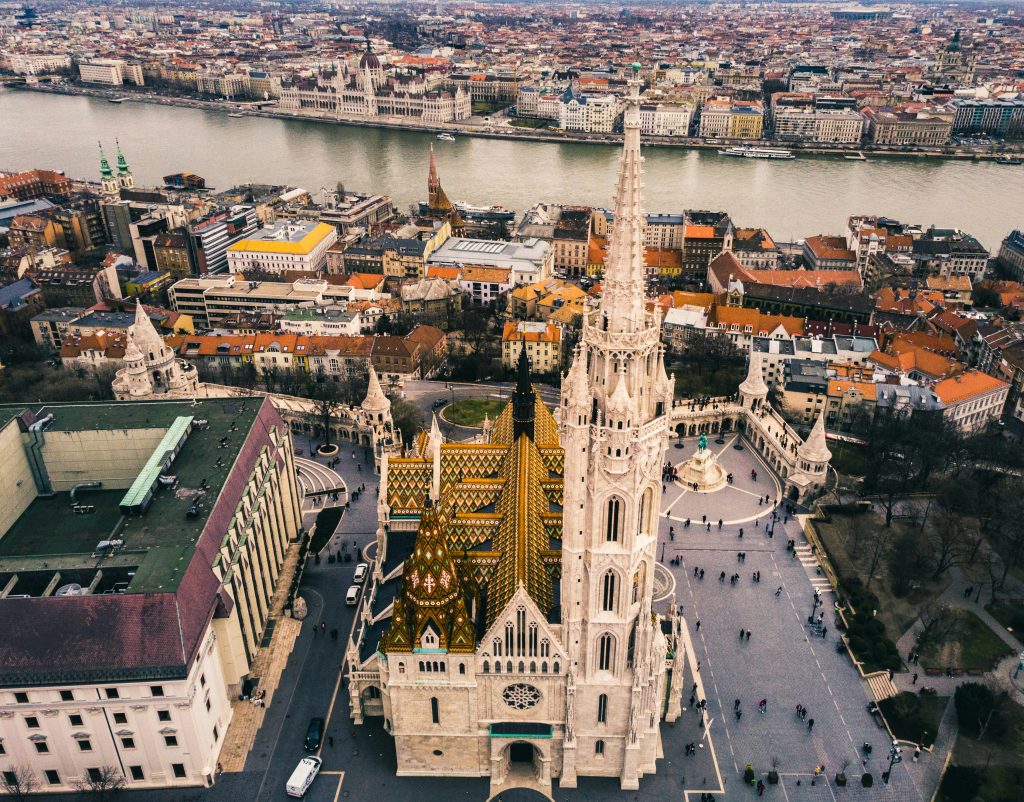Traveling to Sárköz Festival and Exploring Hungary: A Cultural Journey
Hungary, a landlocked country in Central Europe, offers travelers a rich blend of history, tradition, and vibrant cultural experiences. Among its many celebrated events, the Sárköz Festival stands out as a unique occasion that brings the country’s folk traditions to life. Located in the southern part of Hungary near the Danube River, Sárköz is a historical ethnographic region known for its distinctive folk dress, music, dance, and crafts. A visit to the Sárköz Festival offers a rare chance to dive deep into Hungary’s traditional soul — and provides the perfect entry point for a broader exploration of the country.
What Is the Sárköz Festival?
Held annually in towns like Decs and Őcsény, the Sárköz Festival celebrates the unique cultural identity of the Sárköz region. It typically takes place in the spring or early summer and features colorful parades, traditional dance performances, authentic Sárközi music played on violins and zithers, and displays of handcrafted embroidery and lacework.
One of the highlights of the festival is the fashion of Sárköz. Women wear hand-embroidered blouses and intricately decorated skirts, paired with ornate headscarves and layers of petticoats, while men appear in tailored vests and hats. These costumes are not just aesthetic — they represent a deep connection to ancestry, status, and identity. During the festival, visitors can watch how these clothes are made, even try on traditional attire, and learn about the symbolism behind each pattern and color.
Local Cuisine and Hospitality
Attending the festival also means indulging in homemade Hungarian dishes. Local families and vendors serve specialties such as halászlé (fisherman’s soup), paprika-rich stews, and sweet treats like rétes (strudel). Pair these meals with regional wines or pálinka — a fruit brandy — for a complete cultural experience. Locals are famously warm and hospitable, and during the festival, visitors are often welcomed like family.
How to Get There
Sárköz is best reached by train or car from Budapest. The journey south takes about 2–3 hours depending on the route. Those flying into Hungary can land at Budapest Ferenc Liszt International Airport and plan a regional trip using Hungary’s reliable railway system (MÁV). Many travelers combine the festival with a broader road trip through the Great Hungarian Plain (Alföld), visiting places like Kalocsa, known for paprika farming and flower embroidery, or Pécs, with its Mediterranean vibe and Roman ruins.
Beyond the Festival: Exploring Hungary
If you’re coming for the Sárköz Festival, consider extending your stay to experience more of Hungary. Budapest offers a dramatic contrast to rural festivities, with its Art Nouveau architecture, thermal baths, and Danube river cruises. Visit the Buda Castle, take a dip in Széchenyi Baths, or explore the ruin pubs of the Jewish Quarter.
Venture out to the countryside, and you’ll discover other cultural regions such as Matyóföld, known for Matyó embroidery, or Hollókő, a UNESCO World Heritage Site that reenacts Easter traditions with folk dancing and water-splashing rituals.
Where to Buy Traditional Goods
To take a piece of the Sárköz experience home, you can shop at the festival itself for handcrafted lace, woven fabrics, pottery, and jewelry. Some artisans sell through local cultural centers or regional museums. In Budapest, folk art stores like Folkart Centrum or the Central Market Hall offer high-quality traditional goods from around the country.
Online platforms such as HungarikumShop, Etsy (for independent creators), or Kalocsa Art also feature embroidered garments and decor inspired by Hungarian folk traditions.
Budapest Top Places to Visit and How to Travel to Them by Public Transport
Budapest, the Hungarian capital, offers an enchanting mix of history, culture, and natural beauty. Divided by the Danube River into Buda and Pest, the city boasts a wide array of attractions. Whether you’re interested in architecture, thermal baths, or bustling markets, Budapest has something for everyone. Below, we explore some of the must-visit places and practical information on how to get to each by bus, metro, or tram.
Buda Castle
Why Visit:
The iconic Buda Castle, a UNESCO World Heritage site, sits on Castle Hill and offers panoramic views of the city and the Danube. It’s home to the Hungarian National Gallery and the Budapest History Museum.
How to Get There:
Take bus 16 from Deák Ferenc tér (city center) up to Dísz tér, a short walk from the castle entrance. Alternatively, you can use the Castle Hill Funicular for a scenic ride.

Parliament Building
Why Visit:
Hungary’s Parliament is one of the most stunning buildings in Europe, especially when viewed from across the river. Guided tours are available inside, showcasing its neo-Gothic grandeur.
How to Get There:
Take tram 2 along the riverfront to the Országház (Parliament) stop or metro line M2 to Kossuth Lajos tér.
Széchenyi Thermal Bath
Why Visit:
This is one of the largest and most popular thermal baths in Europe, known for its neo-Baroque style and outdoor pools.
How to Get There:
Take metro line M1 (Millennium Underground) to Széchenyi fürdő station. The baths are a 1-minute walk from there.
Heroes’ Square and City Park
Why Visit:
Heroes’ Square is famous for its statues of Hungarian leaders and the Millennium Monument. Behind it lies City Park (Városliget), home to the Budapest Zoo, Vajdahunyad Castle, and boating lakes.
How to Get There:
Take metro line M1 to Hősök tere station.

Fisherman’s Bastion
Why Visit:
This fairytale-like terrace offers one of the best views over the city, especially of the Parliament Building at sunset.
How to Get There:
Take bus 16 from Deák Ferenc tér to Szentháromság tér. The bastion is just a few steps away.
St. Stephen’s Basilica
Why Visit:
One of the most important religious buildings in Hungary, St. Stephen’s Basilica is a stunning piece of architecture with a panoramic viewing platform.
How to Get There:
Take metro line M3 to Arany János utca or metro line M1 to Bajcsy-Zsilinszky út. Both stations are about a 5-minute walk away.
Great Market Hall
Why Visit:
Perfect for souvenir shopping and sampling Hungarian food like lángos or paprika sausages. The vibrant atmosphere makes it a great cultural stop.
How to Get There:
Take tram 47 or 49 to Fővám tér, or metro line M4 to the same station.
Margaret Island
Why Visit:
An oasis in the middle of the city, this island park is perfect for walking, biking, or relaxing. There are ruins, fountains, and even a small zoo.
How to Get There:
Take tram 4 or 6 to Margit híd, then walk across the bridge to the island.
Tips for Public Transport in Budapest
- Tickets: Purchase tickets at metro stations, newsstands, or use the BudapestGO app. Always validate your ticket before boarding.
- Passes: Consider a 24-hour or 72-hour travel card if you plan on using public transport frequently.
- Apps: Use the BudapestGO app to plan routes and check real-time schedules.
Final Thoughts
Budapest’s charm lies not only in its grand historical sites but also in its accessibility. The city has a well-connected and easy-to-use public transportation system, making it simple to reach every corner without a car. With a little planning, you can explore the best of Budapest affordably and efficiently.









